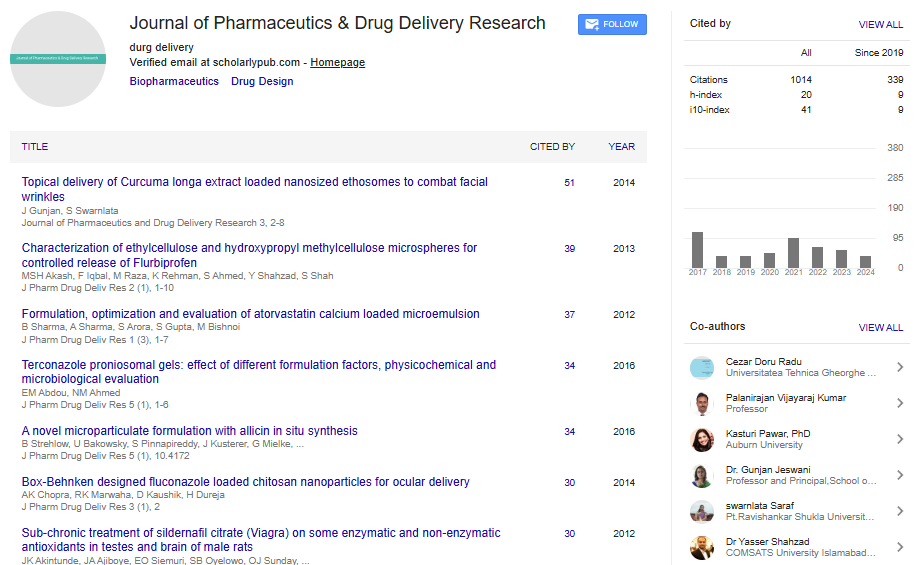Non-conventional structural and chemical characterizations for the industry of nanoelectronics
Ennio Capria
European Synchrotron Radiation Facility, France
: J Pharm Drug Deliv Res
Abstract
Large-scale synchrotron and neutron research infrastructures offer unrivalled performance for the advanced characterization of micro- and nano-electronic devices. These non-conventional techniques are complementary to the more established lab based nano characterization today in use (mainly transmission electron microscopy), and the combination of the two approaches can result in a valuable return in solving industrial problems. In this perspective, the IRT Nanoelec Platform for Advanced Characterization has been established out of a partnership between the European Synchrotron (ESRF), the Institut Laue Langevin (ILL) and Platform for Nano-Characterization (PFNC) of the CEA in Grenoble. These institutes respectively provide world-leading synchrotron light, neutron facilities and high standard lab based nano-characterisation services. In order to demonstrate the relevance of the characterization offered for the nanoelectronics industry, an overview of a first set of industrial case studies will be presented. The following techniques will be presented: a) micro/nano-tomography analysis, b) scanning nanofocused diffraction mapping, c) powder and Laue diffraction, d) X-ray diffraction imaging, d) neutron reflectivity. Furthermore, a description of two new industry-tailored facilities at the ESRF will be provided: a) a high throughput nano-tomography imaging installation, b) a multi-use-multi-technique beamline dedicated to XRD-based techniques. Particular emphasis will be given to the opportunities for future developments, coherent with the electronics technology roadmaps and current main trends.
Biography
Ennio Capria is Deputy Head of Business Development (Experiment Division) of The European Synchrotron (ESRF). He gained his PhD in Applied Physics at Cranfield University (UK). He then undertook a series of academic and industrial positions in different sectors of nanotechnology. In his research career he has worked on the development of nanobiosensors and on nanocomposites for various applications. In 2011, he joined Elettra, where he worked on manufacturing of optoelectronic devices and particularly their characterisation with synchrotron light. Finally, from September 2013, he joined ESRF as the IRT NanoElec Industrial Liaison Engineer, dedicated to the domain of micro-electronics. He has a strong background in the application of a wide range of synchrotron techniques to industrial and applied R&D problems.
E-mail: e: capria@esrf.fr
 Spanish
Spanish  Chinese
Chinese  Russian
Russian  German
German  French
French  Japanese
Japanese  Portuguese
Portuguese  Hindi
Hindi 
